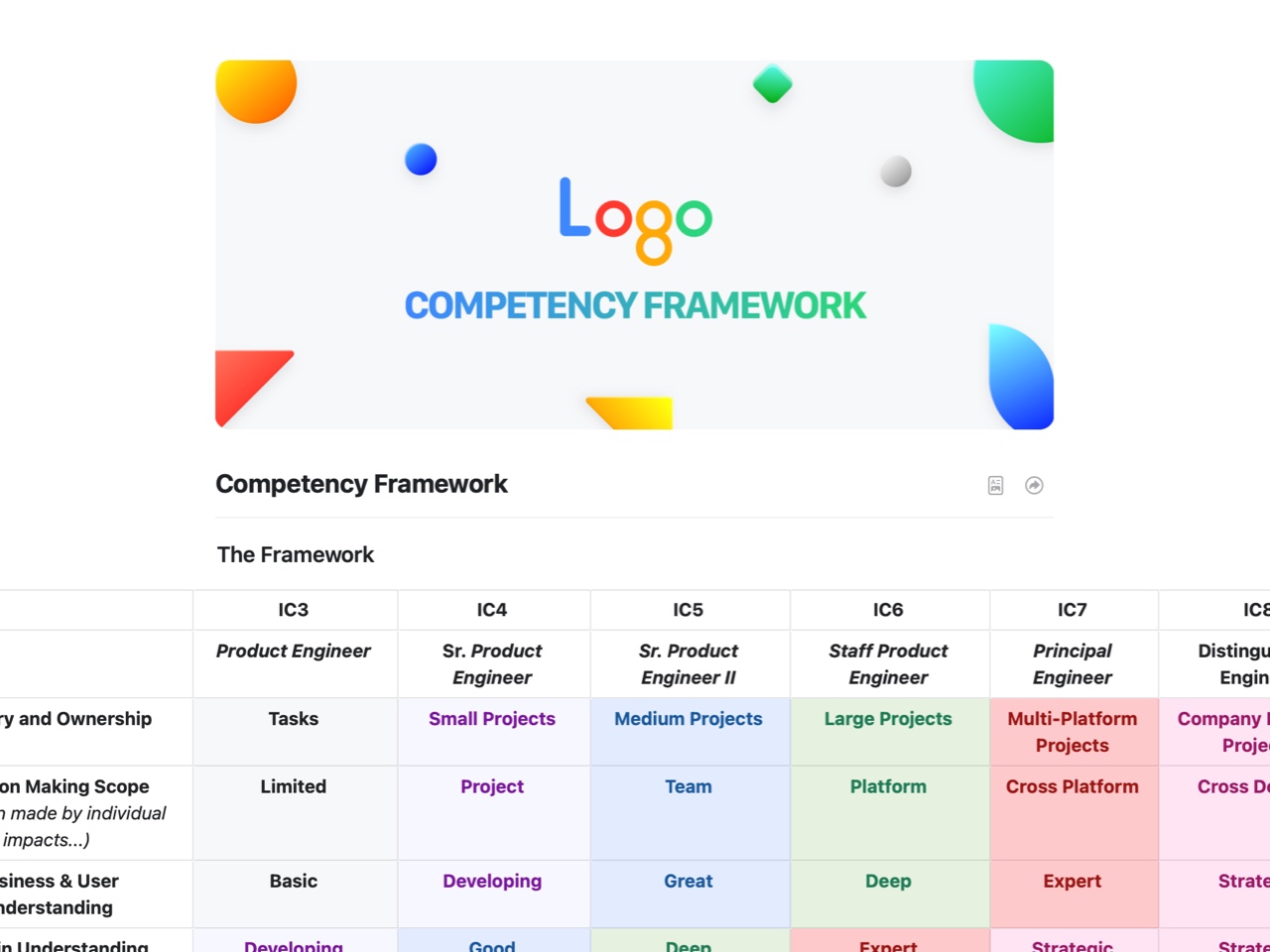Creating an effective competency framework is vital to ensuring that your organisation has the skills and abilities it needs to meet its goals. Here are some tips on how to create a great competency framework:
Define the competencies your organisation needs
The first step in creating a competency framework is to identify the specific competencies that your organisation requires. This will vary depending on the nature of your organisation and the specific goals you are trying to achieve. However, some common competencies that are often included in frameworks include communication, teamwork, problem-solving, and customer service.
Identify the level of proficiency required for each competency
Once you have identified the specific competencies your organisation requires, you need to decide what level of proficiency is needed for each one. This will again vary depending on the nature of your organisation and the role that the competency plays within it. For example, a customer service representative will need a high level of proficiency in customer service, whereas an administrative assistant may only need a basic level.
Decide how the competencies will be assessed
The next step is to decide how the competencies will be assessed. This will usually involve creating a set of criteria that employees must meet in order to demonstrate their proficiency in each competency. The criteria should be specific and measurable, so that it is clear to employees what is expected of them.
Train employees in the competencies
Once the competency framework has been created, it is important to provide employees with training in the relevant competencies. This will ensure that they have the skills and knowledge they need to meet the standards set by the framework.
Monitor and review the framework regularly
The final step is to monitor and review the competency framework on a regular basis. This will ensure that it remains fit for purpose and that employees are meeting the standards set.

